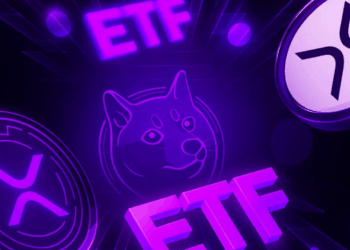Following a strong price rally that pushed Bitcoin to a two-week high, the network’s hash rate and mining difficulty have reached unprecedented levels. According to Bitinfocharts, the hash rate surged to 1.12 billion terahashes per second on September 12, marking a new milestone in computational power. Simultaneously, mining difficulty climbed to a record 136.04 trillion, reflecting the increasing challenge miners face in securing new blocks.
Miners Hold Steady as Reserves Climb
The hash rate represents the total computing power securing the Bitcoin blockchain, while difficulty adjusts roughly every two weeks based on network activity. The next adjustment, expected on September 18, 2025, is projected to rise by 6.38 percent to 144.72 trillion, per CoinWarz. This surge has prompted shifts in miner behavior. Varun Satyam, co-founder of Hyperbola Network, noted that smaller or less efficient miners may scale back, while larger operators tend to accumulate Bitcoin, anticipating future gains.
Miners’ confidence is evident in their holdings. Data shows reserves reached a 50-day high of 1.808 million BTC on September 9, suggesting a reluctance to sell. This aligns with broader market optimism, especially with the Federal Reserve’s upcoming rate decision. A 25 basis point cut is widely expected, fueling bullish sentiment across risk-on assets.
Price Momentum and Market Sentiment
Historically, hash rate spikes following Bitcoin halvings have preceded major price rallies. The current conditions mirror those past cycles, with reduced selling pressure and favorable macroeconomic signals setting the stage for a strong upward move. Altcoins may benefit from this momentum as well.
On the prediction platform Myriad, over 80 percent of users expect Bitcoin to remain above $105,000 through September. However, opinions diverge on its year-end trajectory, with 56 percent forecasting a climb past $125,000 and 44 percent anticipating a dip below $105,000. As of now, Bitcoin trades just under $115,000, showing modest daily and weekly gains.
Frequently Asked Questions FAQs
- What is Bitcoin’s hash rate?
It is the total computational power used by miners to secure the Bitcoin network and validate transactions.
- Why does mining difficulty increase?
Difficulty adjusts based on the hash rate to maintain consistent block times, rising when more miners join the network.
- How do miner reserves affect Bitcoin’s price?
Higher reserves suggest miners are holding rather than selling, which can reduce supply and support upward price movement.










